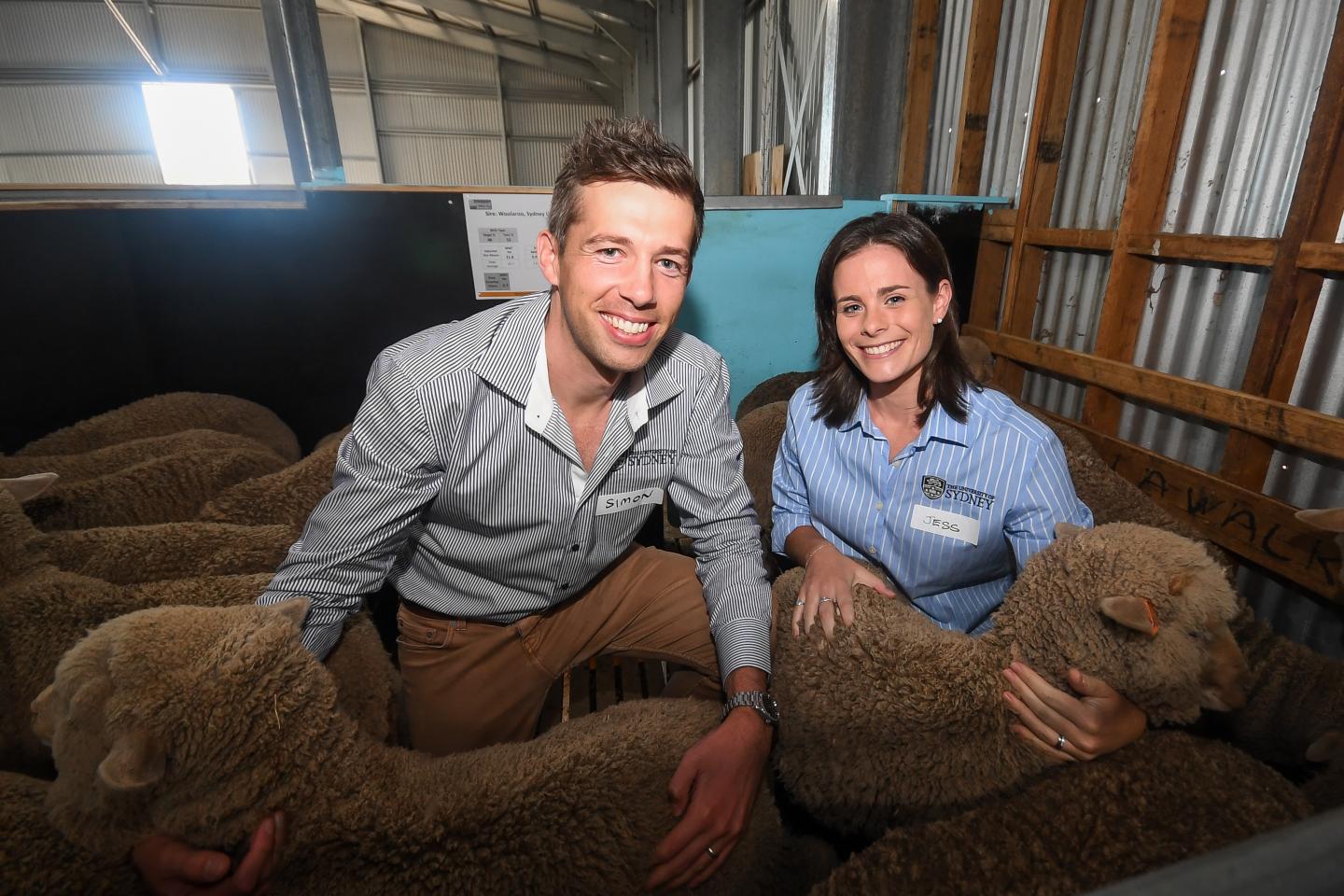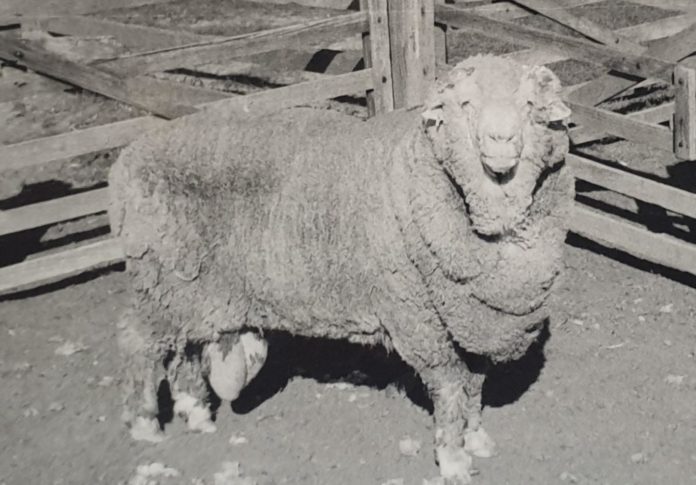Sperm could remain functional for several years, suggests a new study.
To prove this, the semen was frozen in 1968 by Steven Salamon of the varsity as small pellets in large vats of liquid nitrogen at minus 196 degree Celsius. Now, scientists at the University of Sydney said that the oldest semen-derived of the male bighorn sheep– impregnated 34 living sheep.
This 50-year-old stored semen is considered as the oldest in the world. And the most fascinating is, it still achieving high fertility rates.
For the study, scientists thawed the semen to determine if the stored semen was viable for artificial insemination. They then undertook it vitro tests on the sperm quality to determine the motility, velocity, viability and DNA integrity of the 50-year-old sperm.
Out of the 56 ewes inseminated with the 50-year-old semen, 34 (61 percent) were scanned as pregnant. This was compared with 59 percent in the recently frozen semen (in 2018) from 19 sires used to inseminate 1,048 ewes, of which 618 were successfully impregnated.
This was compared with 59 percent in the recently frozen semen (in 2018) from 19 sires used to inseminate 1,048 ewes, of which 618 were successfully impregnated.
University of Sydney said, “This demonstrates the clear viability of long-term frozen storage of semen. The results show that fertility is maintained despite 50 years of frozen storage in liquid nitrogen.”

CREDIT
Morgan Hancock/University of Sydney
“The lambs appear to display the body wrinkle that was common in Merinos in the middle of last century, a feature originally selected to maximize skin surface area and wool yields. That style of Merino has since largely fallen from favor as the folds led to difficulties in shearing and increased risk of fly strike.”
“It was the reproductive biology and genetic aspects of these as-yet unpublished findings that were of most interest to him.”
“We can now look at the genetic progress made by the wool industry over the past 50 years of selective breeding. In that time, we’ve been trying to make better, more productive sheep. This gives us a resource to benchmark and compare.”
Professor’s de Graaf colleague Dr. Jessica Rickard said, “What is amazing about this result is we found no difference between sperm frozen for 50 years and sperm frozen for a year.”
